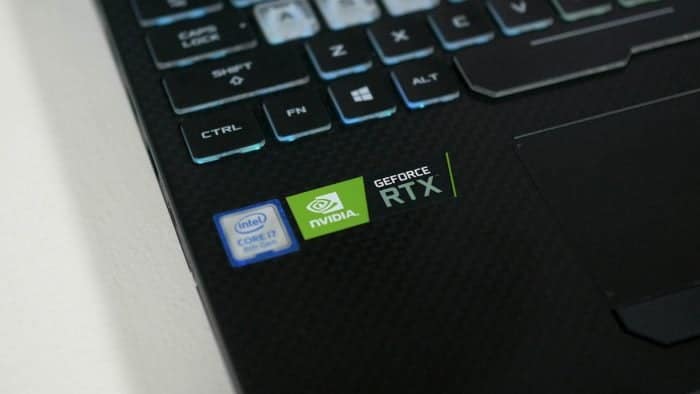The new generation of Intel and NVIDIA chipsets for 2020 has an arrival date. The companies will announce them on April 2, and it will be available for sale in the middle of next month. Intel updated its catalog of notebook processors in 2019 with the 14nm Comet Lake U and 10nm Ice Lake.
However, they were more focused on ultralight, convertible, or 2-in-1 laptops. Due to their specialization in low consumption and aim on battery life. On the other hand, NVIDIA is pending to update its offer of mobile graphics with the “Super” variant of the Turing architecture, in RTX models and other GTX series.
Intel and NVIDIA (2020) laptops
Intel Comet Lake H CPUs will be the main hardware engine. From what we know so far, it will come in eight Core i5, Core i7, and Core i9 versions. With 4, 6, and 8 physical processing cores, respectively. Each of them will have hyperthreading enabled, offering double the threads, and their TDP is expected at 45 watts.

There is no official information on working frequencies. But from the data obtained from 3DMark or Geekbench testing sites, it could well be quite high in turbo mode. The Core i9-10980HK will be the top of the range, with 8 cores and 16 processing threads, a base frequency of 2.4 GHz, and an impressive TurboBoost clock speed that will reach 5.3 GHz. In addition, that «K» of its denomination indicates that it will have the multiplier unlocked as standard.
The second set of the new generation chipsets will come from NVIDIA. With the new RTX 20 Super Mobile graphics processor. As with the equivalent desktop versions, NVIDIA’s “Super” lineup points to a substantial performance boost over the standard versions with graphics chips aimed at creating Gaming Laptops.

It seems that NVIDIA wants to leave behind the Max-Q designs that have prioritized machine thinness, low power consumption, and mobility in general. At the cost of limiting final performance by cutting specifications and lowering working frequencies. The new chips will be different from what their desktop counterparts offer, with the difference in size and power.






Nvidia doesn’t make chip sets…